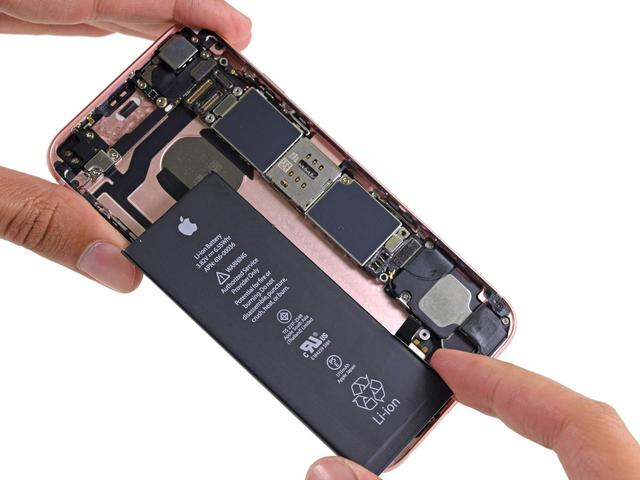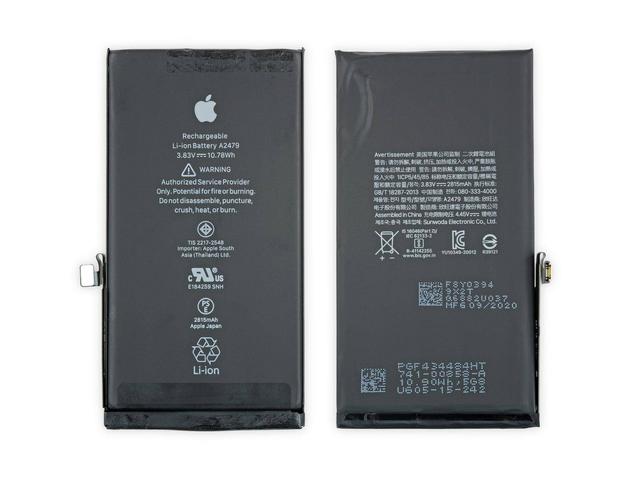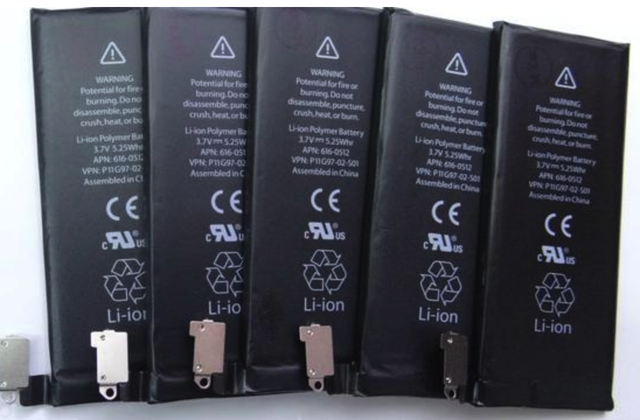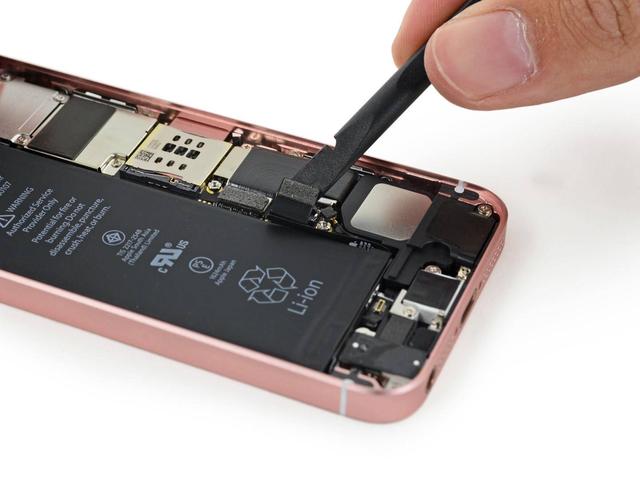Difference Between Lithium Ion and Lithium Polymer Batteries
Lithium-ion (Li-ion) batteries have been the power of choice for smartphones and various other portable devices. However, most smartphones now usually use lithium polymer battery, which are gradually replacing lithium-ion batteries as the mainstream. However, what caused this trend to emerge? What is the difference between lithium-ion batteries and lithium-polymer batteries, and what are their advantages and disadvantages are what we should know.

Before we can understand their differences and advantages and disadvantages, we must first understand how they work. Lithium-ion batteries are an established workhorse in the industry, and development of the technology began as early as 1912, but it didn't gain popularity until it was adopted by Sony in 1991. Since then, lithium-ion batteries have powered a variety of small devices, such as portable cameras, music players and smartphones.

Lithium-ion batteries are so successful in part because they have a very high energy density, don't suffer from the "memory effect" (i.e. the battery becomes harder to charge over time) like previous battery technologies, and are relatively expensive to produce. Cheap.
Lithium-ion batteries consist of two positive and negative electrodes separated by a liquid chemical electrolyte such as ethylene carbonate or diethyl carbonate. The battery's chemistry limits its shape to a mostly rectangular shape. Lithium-ion batteries lose their capacity with charge cycles and even discharge when not in use, which is not ideal. And to make matters worse, chemical electrolytes can become unstable at extreme temperatures or if punctured, leading to "thermal runaway" and fires. This is rare, though, as electronic controllers typically regulate charging and discharging power to prevent the battery from overheating.

Advantages and disadvantages of lithium-ion and lithium-polymer batteries
Li-polymer battery technology is more advanced than Li-ion batteries. It didn't appear until the 1970s, and has only been incorporated into smartphones in recent years. For example, Samsung only switched to lithium polymer in the Galaxy S20 series, while other manufacturers have been using the technology earlier. And Samsung has used lithium-ion again on the Galaxy Note 20 series.
lithium polymer battery technology also uses positive and negative electrodes, but uses dry solid, porous chemical or gel-like electrolytes instead of liquids. As a result, polymer batteries can offer a lower profile, flexible and more robust design, and less chance of thermal runaway due to electrolyte leakage. In short, they are safer.
A major disadvantage of this technique is the significantly higher manufacturing cost. Lithium-polymer also has a shorter life cycle, and the battery stores less energy than a lithium-ion battery of the same size. These batteries also still need to rely on protection circuits to keep the voltages operating within safe limits.

Both types of batteries have their advantages and disadvantages. Generally speaking, lithium-ion batteries have the largest capacity and are less expensive. Li-ion batteries have the disadvantage of gradually self-discharging, but that's not too important for a phone that's always on, and the chances of a safety issue are small, but not zero.
In contrast, lithium polymer batteries are safer. This is especially important in the era of rapid development of fast charging technology. This battery also has a low level of self-discharge, so it won't lose a lot of power when you're not using it. However, this also brings higher prices, shorter lifetimes, and lower capacity densities. Although, the lightweight characteristics of lithium polymer batteries make the energy density of the battery better overall.
In general, lithium polymer is widely used in high-end and mid-range devices due to its superior safety, shape versatility and weight properties, while lithium-polymer batteries are slowly replacing lithium-ion in the smartphone industry. Battery.